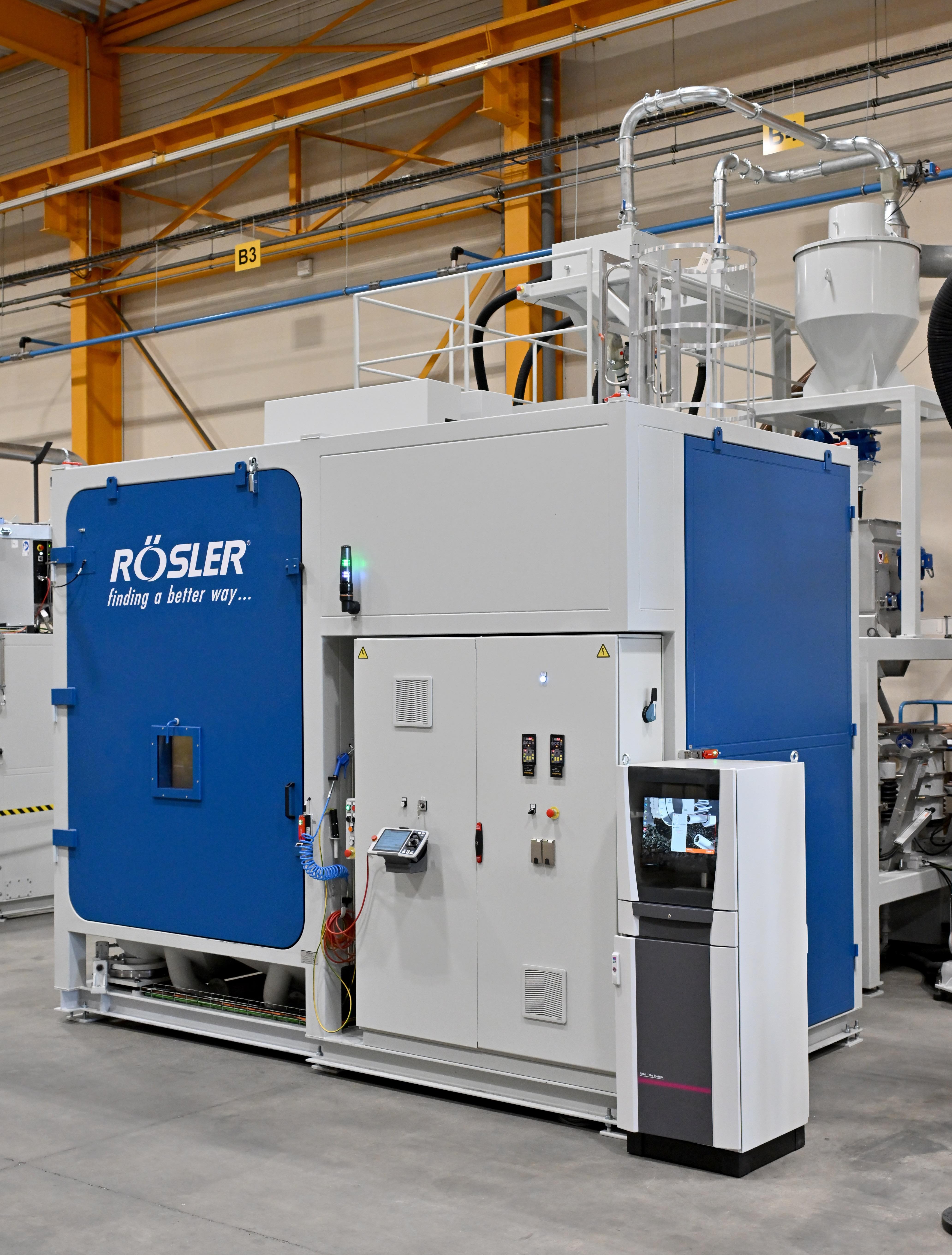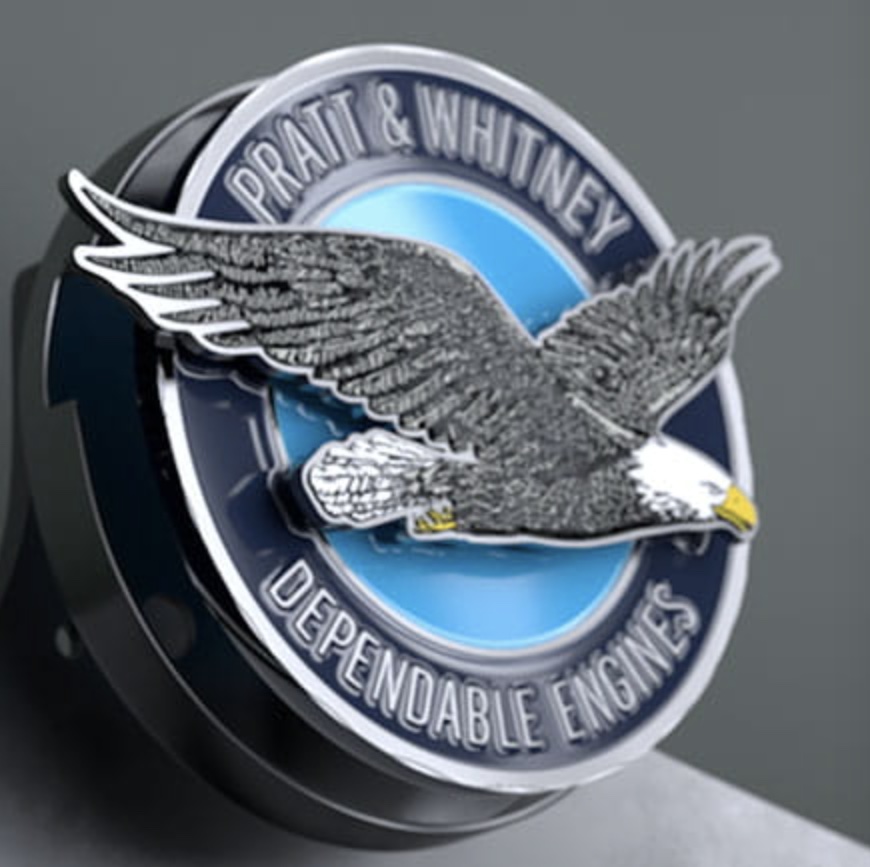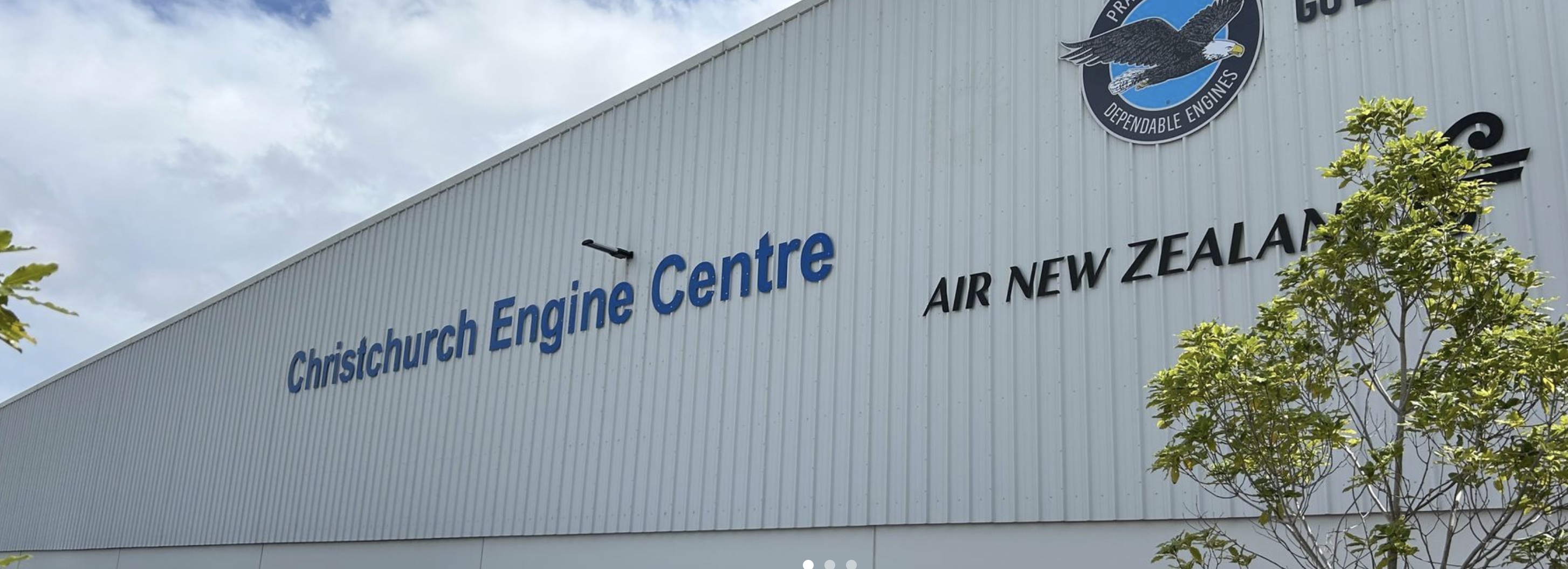
At the Christchurch Engine Centre in New Zealand, surfacing solutions expert Rösler UK has worked with Pratt & Whitney to improve their shot blasting process.
The two companies worked to prepare surfaces of intricate features of rotating components, before plasma spray application of coatings, with a more agile solution with an emphasis on optimized process control.
The company says shot blasting technologies are indispensable in the aerospace industry for preparing and finishing the surfaces of metal parts and components. The process involves propelling abrasive materials at high speeds to clean, strengthen, or polish metal surfaces, effectively removing impurities. The resulting textured and uniform surface is essential for ensuring coating adhesion and resistance to wear/heat/corrosion, which is critical in the high-performance environment of aerospace applications.

Tony Pugh, aerospace projects manager at Rösler UK says, “When looking to replace the old robot shot blasting system at the Christchurch Engine Centre, an aviation maintenance, repair, and overhaul center, Pratt and Whitney were interested primarily in a system that would give them better process control and which would ultimately lead to consistent results in respect of surface texture and therefore coating adhesion. Our shot blasting concept optimizes process control as it is a closed loop system which measures and allows for adjustment of key process variables (KPVs) and requires less input from operators, meaning greater efficiency and cost savings.”
In the context of a shot blasting system, being closed loop not only allows for the accurate measurement and adjustment of KPVs, but minimizes waste and environmental impact by continuously cycling the media through the system. It also includes mechanisms for cleaning and reconditioning the media, ensuring that it remains effective for consistent surface treatment results. Such systems are highly efficient and sustainable, making them ideal for operations requiring stringent cleanliness and surface preparation standards as is the case with Pratt and Whitney and other aerospace OEMs.
Tony Pugh continues, “The KPVs Rölser’s shot blasting system measures and adjusts for Pratt and Whitney’s solution including blast media flow, air pressure, air volume, blast nozzle distance and angle to workpiece, blast grit size, all backed up with predictive maintenance messages and prompts. This control, together with machine and process status, is presented to the operators and management via our unique PC Supervisor, Windows-10-based system, which also stores all process data per part number and easily interfaces with Manufacturing Execution Systems.”
The shot blasting system designed for Pratt and Whitney is primarily for treating rotative aerospace components, and these components often feature intricate designs with complex geometries and tight tolerances, necessary for optimal performance and efficiency in high-speed rotations. The intricacy of these features makes them challenging to shot blast, as the process must reach all surfaces evenly without damaging the precision contours or altering the component’s dimensional integrity. In the case of Pratt and Whitney, ensuring uniform treatment while preserving the intricate details and strength of these components required Rösler’s advanced shot blasting technology and equipment and the company's expertise, which has over 80 years of experience in industrial finishing.

Rösler’s adoption of ABB robots in the Pratt and Whitney shot blasting solution with the flexibility of robot studio and offline programming was also of great interest, especially given the complexity of some rotative components and the difficult approach angles. The overall solution offered optimized ergonomics for operators, and safe and easy access for maintenance operations, which is obviously of primary concern when using shot blasting in any industrial setting.
Contact Details
Related Glossary Terms
- abrasive
abrasive
Substance used for grinding, honing, lapping, superfinishing and polishing. Examples include garnet, emery, corundum, silicon carbide, cubic boron nitride and diamond in various grit sizes.
- grit size
grit size
Specified size of the abrasive particles in grinding wheels and other abrasive tools. Determines metal-removal capability and quality of finish.
- process control
process control
Method of monitoring a process. Relates to electronic hardware and instrumentation used in automated process control. See in-process gaging, inspection; SPC, statistical process control.
- surface texture
surface texture
Repetitive or random deviations from the nominal surface, which form 3-D topography of the surface. See flows; lay; roughness; waviness.







